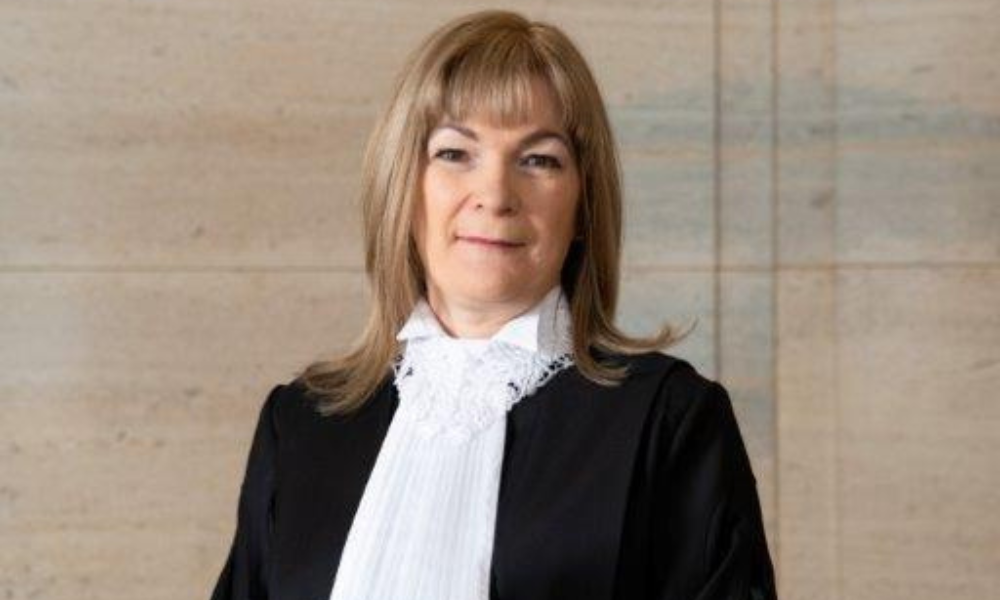Denman also demonstrates the court takes into account defence conduct, says Bogoroch's Ryan Marinacci

This article was created in partnership with Bogoroch & Associates
The recent $3 million costs award following an $8.5 million judgment in Denman v. Radovanovic confirms Ontario Superior Court judges’ continuing acknowledgment of the risks and costs associated with prosecuting a medical malpractice case.
“These cases are extremely expensive to advance with no guaranteed results for plaintiffs’ firms who litigate them on a contingency basis,” says Ryan Marinacci of Toronto-based Bogoroch & Associates LLP, a boutique medical malpractice and personal injury firm not involved in the case. “And the award in Denman also demonstrates that the Court may take into account defence conduct in awarding costs.”
Most Read
Justice Jane Ferguson’s award was twice the amount of $1.5 million submitted by the defendants as appropriate and precisely in the range of $3 million to $3.5 million sought by the plaintiffs.
Her award, Justice Ferguson noted, was consistent with awards in other lengthy malpractice cases, particularly Hemmings v. Peng, where Justice Grant Dow, in a decision that laid bare the risks and obstacles facing the medical malpractice bar and the access to justice issues these hurdles presented, awarded plaintiffs some $4.2 million in costs and disbursements.
In Denman, the plaintiffs filed time dockets totalling $2.99 million, compared to $6.55 million in Hemmings. Justice Ferguson found “no merit” in the defendants’ suggestion that plaintiff’s counsel were inefficient.
“I also agree that defence counsel ought to have anticipated the magnitude of costs being sought since [the same lawyer] was also lead counsel in Hemmings,” she stated. “The cost implications of losing a complex medical malpractice trial such as this are known.”
Justice Ferguson also dismissed defendants’ submissions that plaintiffs “over relied on a top-heavy team of [three] senior counsel,” and that a “junior lawyer” should have prepared the written submissions.
“This was a complex case and I greatly appreciated the comprehensive written submissions received from both sides. This was a task for senior medical malpractice lawyers and not junior lawyers.”
Additionally, defendants’ conduct justified “enhanced costs” because it created a need for more legal work by plaintiffs’ counsel.” This, Justice Ferguson observed, “. . . included leading evidence contrary to pleadings and discovery evidence, conduct that this very same trial counsel used in Hemmings.”
“Justice Ferguson also observed that the defendants failed to admit certain matters they ought to have been admitted acknowledged, had one of their experts excluded from testifying on grounds of bias and failed to produce some documents on a timely basis,” Marinacci said.
All this, Justtice Ferguson explained, “drove up” the plaintiffs’ costs by requiring counsel “to likely scramble in the days and weeks before and during the trial.”
In summary, reference to the Rule 57.01 costs factors more than justified the $3 million costs award as:
- The case required the experience of the three specialists in civil litigation engaged by the plaintiffs;
- A sophisticated litigant like the CMPA was aware of the costs of litigation;
- The costs were roughly 30 percent of the damages award;
- The plaintiffs were “entirely successful” against all three defendant doctors;
- The case was very complicated and important to the plaintiff’s family;
- The plaintiff was a “very credible” witness, while the defendants were “not found to be reliable or credible”;
- The defendants made last minute disclosure and production and attempted to lead evidence contrary to their amended statement of defence;
- One of the defendants’ experts was precluded from testifying on grounds of bias, another did not correct his discovery evidence, and a third failed to provide an updated report “despite having volumes of additional documentation”; and
- The defendant failed to admit “things that should have been admitted.”










